River Erosion
River erosion is the process by which running water, typically from a river, wears away the earth's surface. This occurs through the processes of hydraulic action, abrasion, attrition, and solution.
Hydraulic action: This is the force of the water itself against the river banks and bed, causing erosion through the sheer pressure and force of the moving water.
Abrasion: This occurs when the river carries sediments and pebbles that scrape and wear away the river banks and bed, causing erosion over time.
Attrition: This is the process by which particles in the water bump into each other and break into smaller pieces, eventually making the sediment smaller and smoother, which aids in erosion.
Solution: In this process, certain rock types can be dissolved by the river water, contributing to erosion over time.
River erosion has a significant impact on the landscape and can lead to the formation of features such as river valleys, canyons, and meanders.
Study Guide
- Define river erosion and its processes.
- Explain the role of hydraulic action in river erosion.
- Discuss how abrasion contributes to river erosion.
- Describe the process of attrition and its impact on river erosion.
- Explain how solution contributes to river erosion.
- Discuss the impact of river erosion on the formation of landscape features.
- Identify and explain the formation of at least three landscape features resulting from river erosion.
- Compare and contrast the impact of river erosion on different types of rock and soil.
- Discuss the importance of river erosion in shaping the Earth's surface.
Understanding river erosion is crucial for comprehending the processes that shape the Earth's surface and the formation of various landforms. Be sure to study the different processes and their impacts on the landscape to gain a comprehensive understanding of river erosion.
.◂Science Worksheets and Study Guides Sixth Grade. Birds and Mammals
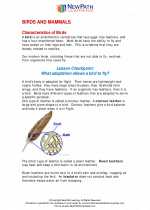
 Activity Lesson
Activity Lesson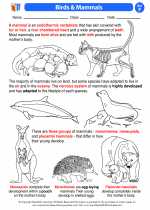
 Worksheet/Answer key
Worksheet/Answer key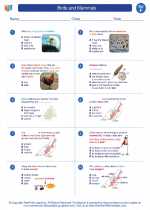
 Worksheet/Answer key
Worksheet/Answer key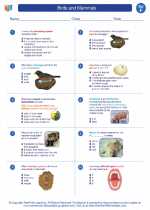
 Worksheet/Answer key
Worksheet/Answer key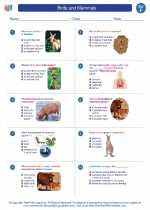
 Worksheet/Answer key
Worksheet/Answer key
 Vocabulary/Answer key
Vocabulary/Answer key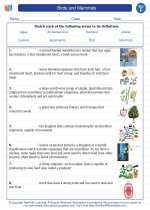
 Vocabulary/Answer key
Vocabulary/Answer key
 Vocabulary/Answer key
Vocabulary/Answer key
 Vocabulary/Answer key
Vocabulary/Answer key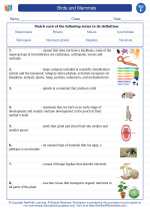
 Vocabulary/Answer key
Vocabulary/Answer key
